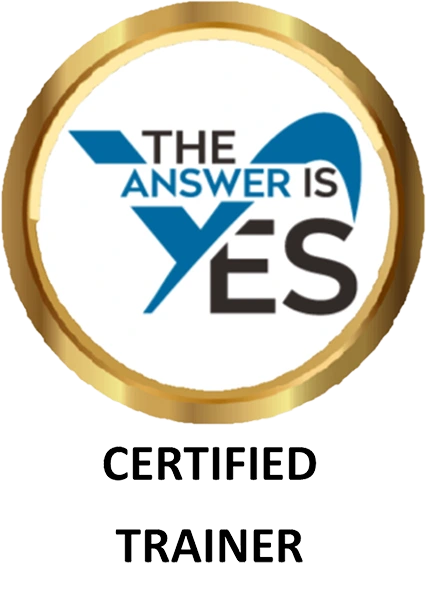“Leadership is much less about what you DO, and much more about who you ARE.” Frances Hesselbein
In his book, The 5 Levels of Leadership: Proven Steps to Maximize Your Potential, John C. Maxwell goes beyond naming the five leadership levels. He defines them, identifies the pros and cons of each level, and even explains how to achieve the higher levels.
An article by P. Mulder provides some information about the five levels: https://www.toolshero.com/leadership/5-levels-of-leadership-maxwell/
In his hierarchy of leadership levels, the first level is the lowest and the fifth level is the ultimate target:
- Position: Rights. People follow because they have to.
By virtue of having the position, the leader has the right to lead. This doesn’t say anything about the person’s leadership qualities. At this level, the leader uses the job title to get things done.
- Permission: Relationship. People follow because they want to.
This leadership level is about the good interpersonal relationships that the leader has built up. The leader is given ‘permission’ to act as leader by virtue of being a trustworthy individual and the employees tend to agree with the decisions s/he makes.
- Production: Results. People follow because of what you have done for the organization.
This leadership level is about the measurable results that have been achieved under the leader’s leadership. The leader realizes that colleagues and employees are vital to achieving positive results. Teams take steps together, believe in one another and trust each other, to achieve proper production.
- People Development: Reproduction. People follow because of what you have done for them personally.
This leadership level is about employee development. It is essential for a growing organization to have leaders at this fourth level. This leader thinks it is important to train his employees and delegates work to them. This gives them confidence and empowers them to develop themselves. “According to John C. Maxwell, the level 4 leader spends about 80% of the time on coaching colleagues and employees, and only 20% on the leader’s own productivity. In contrast to level 3 leadership, it means letting go. The focus on results is of secondary importance.”
- Pinnacle: Respect. People follow because of who you are and what you represent.
“The leader at this level has reached the top of what is possible. His status is based on a foundation of respect. His employees and colleagues appreciate the leader and see an example in him. This is about leaders who remain in the employees’ thoughts even after they leave, making them live on as legends. From level 4, they will also leave behind new leaders in the company, which will ensure a constant flow of new generations of leaders.”
More complete information about the five levels can be found at https://www.scribd.com/document/326021034/5-Levels-of-Leadership-The-Maxwell-EBS-pdf
So what level is your leader on?
May your learning be sweet.
Deborah





